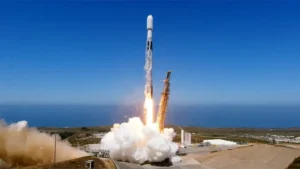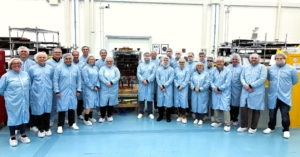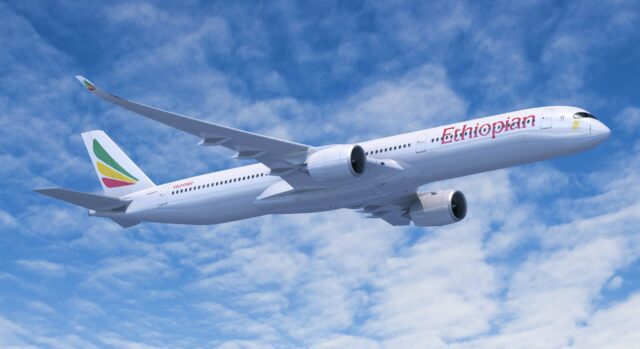First dedicated Earth-imaging satellite for UK Space Command
August 18, 2024

The UK’s Space Command has launched the country’s first ever dedicated Earth-imaging satellite, using the reuseable SpaceX Falcon 9 rocket, which lifted off from California for its ‘Transporter 11’ mission on 16 August. Lift-off occurred at 11:56 local time (19:56 BST) and deployment of the Tyche satellite (one of 116 payloads on the rocket) occurred 1 hour 18 minutes and 56 seconds after launch.

The UK armed forces have had the use of their own Skynet, state-of-the-art satellite communications system for some years, but until the launch, the UK was the only G8 nation without its own sovereign satellite imaging capability.
Tyche was launched as a result of the 2021 Space Command Paper, and the 2022 Space Defence Strategy, under which the last government committed to spending £970m over the next ten years, on the Intelligence, Surveillance, Target Acquisition, and Reconnaissance (ISTARI) programme.
In the wake of the publication of the 2022 Defence Space Strategy, the House of Commons Defence Select Committee acknowledged that the UK was: “at best, a third-rank space power,” and expressed concern over the MoD’s “woeful track record in delivering major projects on time and to budget.”
The UK Ministry of Defence (MoD) had relied on allies, particularly the United States, for access to surveillance and reconnaissance imagery gathered from space, and also contributed funding to UK commercial satellite projects.
Tyche was commissioned by UK Space Command and built as part of a £22m contract with Surrey Satellite Technology Ltd (SSTL) in Guildford. The satellite is based on SSTL’s commercial Carbonite model, and is broadly the size of a domestic washing machine, and weighs 150-160-kg.

Tyche will operate at an altitude of roughly 500km (classed as Low Earth Orbit) and will have a mission duration of five years. This time limit is set by the propulsion system (for station-keeping and manoeuvring) which empoys a thruster that manoeuvres the satellite using superheated steam. Tyche carries 10 litres of water, which is believed to be enough to give 5-7 years of in-orbit life.
The new Tyche satellite represents the UK’s first wholly owned imaging capability, but is a research and development satellite with a single electro-optical sensor collecting its imagery at optical wavelengths, effectively limiting it to daylight sensing.
ACM Sir Rich Knighton, the RAF Chief of the Air Staff tweeted: “Mission success! Through UK Space Command, we are developing valuable capabilities within the defence space portfolio. The lessons learned from Tyche will make the UK a valued partner worldwide for space-based intelligence, surveillance and reconnaissance.”

Though presented as being a high-resolution camera, Tyche’s sensor is designed to capture 5 km-wide ‘spot scenes’, with a best resolution of 90-cm. This reportedly “fits with the British military’s generalised needs” and will give sufficient resolution to identify vehicles, troop concentrations and positions, but compares poorly to some US satellites which can see objects as small as 10-cm across.
The Tyche demonstrator is due to be followed by a sovereign constellation of military and national security satellites, and supporting ground infrastructure. These are being developed under Programme ISTARI.
These will carry a range of sensor technologies, including radar and Sigint sensors that promise an all weather and night capability. The new network of satellites will provide defence with space-based multi-sensor, wide-area Intelligence, Surveillance and Reconnaissance (ISR) capabilities by 2031. This will, in turn, provide vital protection and decision-supporting information to UK and allied military forces, integrated across all operating domains.
Major General Paul Tedman, the new commander of UK Space Command said that: “This is the start of a journey. The space defence strategy lays out how we’re going to become a meaningful space power by 2030. We’re hoping to see many more launches of satellites in the coming months and years. Tyche is absolutely the beginning of that.”
















